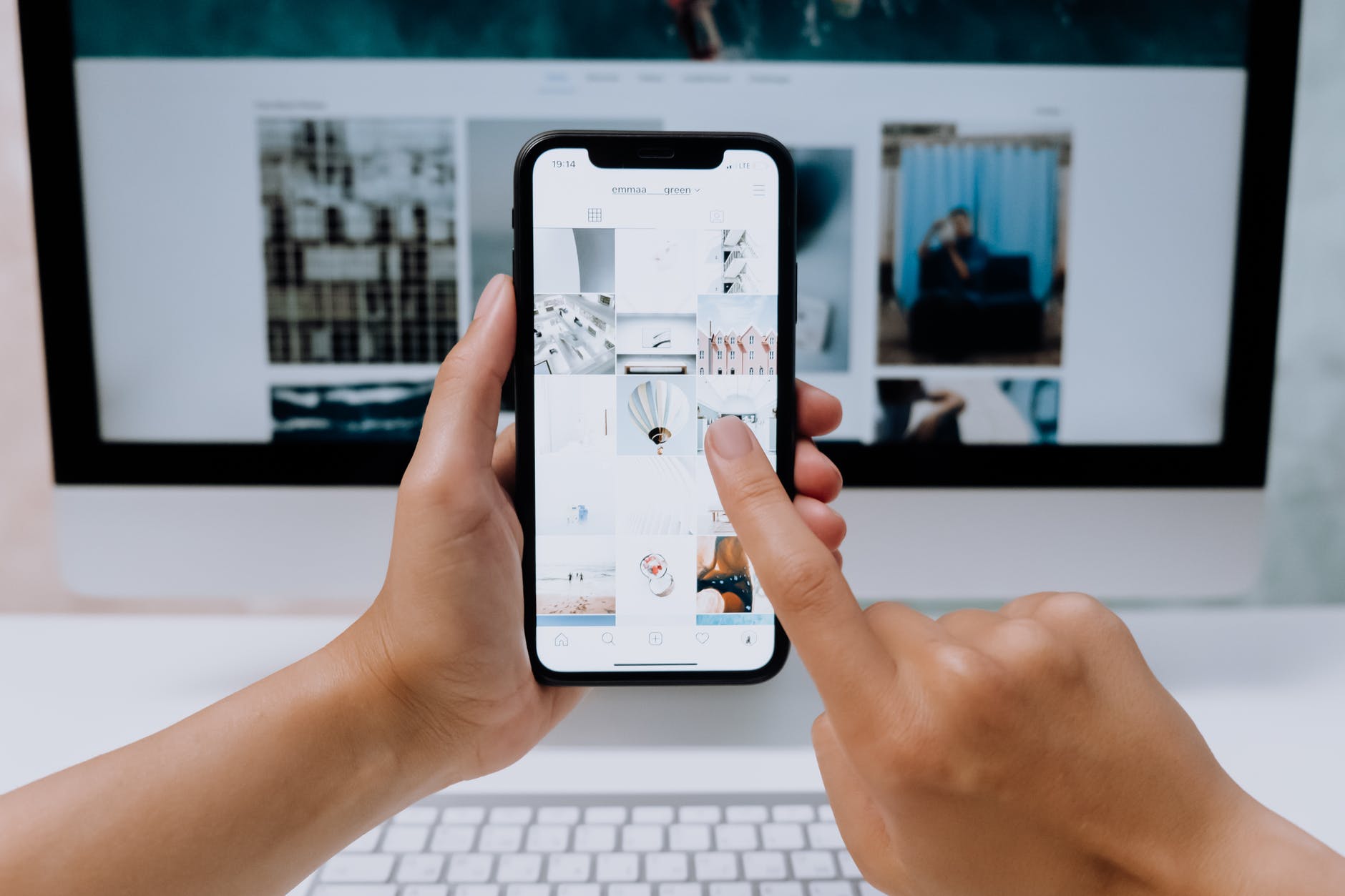DNA quantification is an essential step in several processes in which it is quite necessary to have an idea of the quantity of DNA present when conducting restriction digests. Quantification of DNA is even required when carrying out various techniques like RAPDs and PCR. There are a huge number of methods for carrying out DNA quantification, the most prevalent being the spectrophotometric determination.
What is Spectrometer?
The spectrometer is a widely used instrument that estimates the quantity of light absorbed by a sample. This equipment functions by letting a beam of light pass through the sample for measuring the sample’s light intensity. It mainly used by manufacturers, scientists, and researchers. Although it is used for several purposes, the spectrophotometer is largely used for quantifying DNA in the laboratories.
The spectrophotometer is composed of two types of equipment- a photometer and a spectrometer. The spectrometer produces light of all wavelengths whereas the photometer measures the light intensity. When using the spectrophotometer, the sample or liquid is positioned between the photometer and spectrometer. The photometer estimates the quantity of light which passes via that sample and renders voltage signal. If the light absorption change, voltage signal changes.
Spectrophotometers generally come in various sizes and shapes and feature multipurpose usage. These instruments are chosen based on the requirement and objective. The most widely used spectrometers are multi-angle, sphere, and 45-degree spectrometers. A basic spectrophotometer includes a digital display, light source, wavelength sector, monochromator, a photoelectric detector, cuvette, and collimator.
Some Basic Spectrophotometer Tips
Here are some simple yet effective tips for using the spectrophotometer:
- Before estimating any sample, make sure that you “blank” your spectrometer with the help of the solution in which the DNA has been resuspended.
- Make sure that your spectrophotometer is well-maintained and functioning properly.
- The slit width must be right for the anticipated natural bandwidth.
- Make sure that the stray light isn’t responsible for the negative deviations.
- Ensure that the regular analysis of absorbance and wavelength accuracy is performed and stray light stays within specification. Absorbance defines y-axis and wavelength defines x-axis of the calibration graph. Hence the precision of the scales is quite critical for the quantitative works to be carried out properly. Stray light would get increased as the optics degrade or become dirty and the energy of the source lamp would get decreased. Hence, it renders a great “health check” over an instrument.
- The instrument’s environment must be super clean and devoid of any external interference. Specific attention must be given to thermal vibrations, sunlight, and electrical interference.
- Observe the recommendations of the manufacturer as the specification ranges have been quoted usually for guaranteeing the maximum permissible usage conditions.
Wrapping Up
DNA quantification is one of the everyday routines carried out in the laboratories. Most of the researchers and scientists usually prefer quantifying DNA using spectrophotometers. This method is both fast and simple. The spectrophotometer is also very easy to use and is available at reasonable prices.




